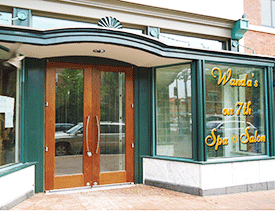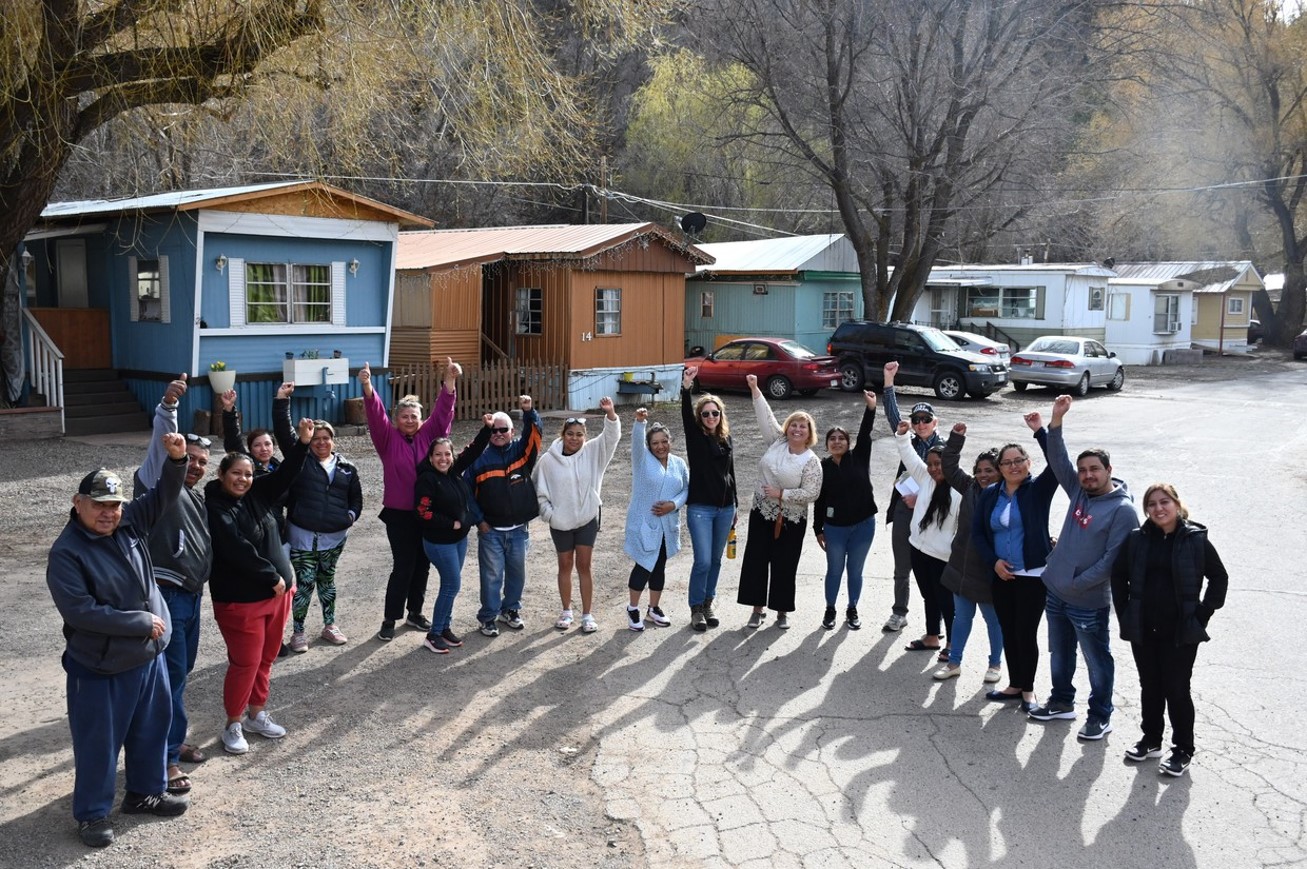
However, it failed to place what is happening in Shaw within the larger redevelopment context of the country and discuss important equitable development efforts in this dynamic economically and racially diverse neighborhood.
The revitalization occurring in Shaw is part of a nationwide urban redevelopment trend. For instance, a 2015 Governing Magazine report showed that in the 50 largest US cities only 9 percent of low-income tracts gentrified in the 1990s, while in the 2000s the gentrification rate increased to nearly 20 percent. Lessons from Shaw can assist other inner city areas experiencing similar patterns of gentrification.
No question real estate developers, like JBG and Ellis Development Group, have shaped Shaw’s recent economic development trajectory by constructing upscale, mixed-use developments. But longstanding low-income residents, nonprofit and grassroots organizations have also played an important role. For instance, Shaw-based Organizing Neighborhood Equity (ONE DC) negotiated for years with Chip Ellis to establish a community benefits agreement that included a $750,000 community fund, affordable housing units and discounted commercial space at Progression Place, one of the newly built mixed-use projects. Without this sustained effort, a long-time Black-owned hair salon, Wanda’s on 7th, might not have been able to return to this community.
Shaw is not just “rebranded” real estate development. The neighborhood offers some important grassroots organizing lessons regarding how to harness redevelopment forces to benefit the lives of those who have long made Shaw their home along with those just discovering the community.
Additional reading:





Thanks for writing this. The NY Times frequently gets gentrification wrong. In 2014 it wrongfully identified Oakland as “Brooklyn By the Bay,” relying on the improvement of isolated businesses to show an allegedly “gentrified” city. In 2015 it got basic facts wrong in misrepresenting the impact of improvements in San Francisco’s Mid-Market, which it deemed the same neighborhood as the adjacent and historically distinct Tenderloin (See https://www.beyondchron.org/ny-times-gets-tenderloin-wrong/ ). It’s as if reporters go in with a story line and do not let facts get in the way.